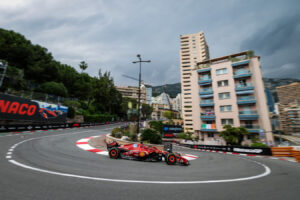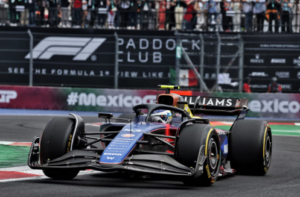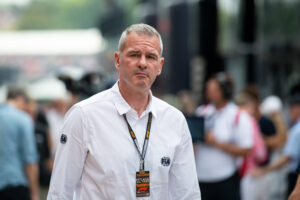When your sport involves racing at over 200 mph, there are always going to be some concerns. NASCAR has done a commendable job of addressing safety issues thus far, but what else can be done to make things even safer, without sacrificing the excitement of the sport?
What Else Can NASCAR to Do Improve Safety?
Past Efforts to Improve Safety
NASCAR has made many safety improvements throughout the years. In October 2001, the league made it mandatory that drivers wear a head-and-neck restraint system while driving. The extra padding sits between the driver’s head and reduces head injury risk. In a similar effort in 2007, NASCAR made six-point seatbelts necessary, replacing the previous five-point harness standard.
New cars were also introduced with a greenhouse area, involving the driver being moved farther from the door and more toward the center. The roof is also raised 2.5 inches, helping protect drivers during violent wrecks by adding more clearance in the surrounding area.
Other car improvements including frame enhancements involving energy-absorbing material and steel plating. These additions, located between the door panels and roll cage, help minimize the impact of a crash. When Ryan Newman’s car went airborne in the 2009 Talladega race, he was not injured in large part to the frame enhancements.
The addition of a safer barrier at all oval tracks improves the safety for both drivers and spectators. The barrier’s materials are impact-absorbing, helping take away potential force that can result in serious injury. The wall compacts as the cars crash into it, instead of remaining rigid.
To reduce the potential of airborne cars, NASCAR has also encouraged the use of roof flaps in cars, which deploy when the car is sideways or backward and spinning. The flaps help keep the car grounded. Airborne cars can result in serious injury, so roof flaps are a preventive force. Tyre tethers are another quality safety addition, keeping tires from falling off the vehicle during a crash.
Room for Improvement
Despite these improvements, there remain aspects of safety that NASCAR can improve.
One area of concern expressed by NASCAR drivers is the use of ambulances on tracks. At various races, like at the Las Vegas Motor Speedway and the regular season finale at Richmond Raceway, ambulances have blocked the pit road. The obstruction confused drivers, with ambulance placement even being pointed to as a big factor in Aric Almirola breaking his back in a crash at Kansas Speedway in May. Going forward, NASCAR and American Medical Response should explore improved positional planning, to prevent distracted drivers and improve response time.
Another potential area of improvement for NASCAR is the application of special windshields. For example, polycarbonate windshields are more resistant to cracking than their glass counterparts. Many NASCAR drivers place thin clear sheets of film over polycarbonate windshields to help protect them from damage, also helping pit crews remove the layer during pit stops. The timeliness and crack resistance may make polycarbonate usage more of a frequent mainstay in the future.
Additionally, wider implementation of safer barriers seems like a prudent decision, considering how dangerous it is that concrete walls don’t give. Although safer barriers are present at many raceways, a mandatory push from NASCAR seems like a good idea, despite the relatively high cost of the barriers at $500 per foot.
NASCAR has made commendable strides to improve raceway safety, though there are still areas to address.
Main Photo
Embed from Getty Images






